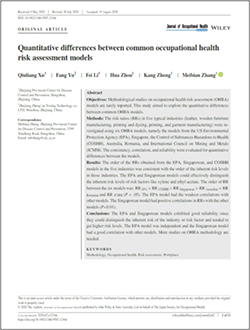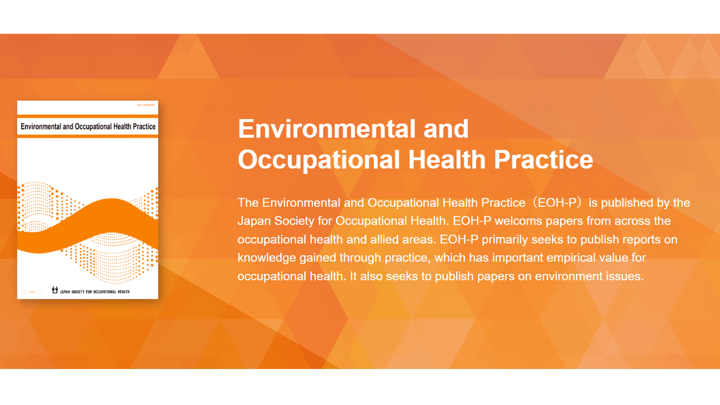#0083 Quantitative differences between common occupational health risk assessment models

Calculating the Risk: The Way Forward To Developing a Workplace Health Hazard Assessment Tool
Globally, workplace hazard is a serious public health problem. Industry workers often develop work-related diseases or experience life- altering injuries due to the high-risk environment of their workplaces. In developing countries, where workers are often exposed to uncontrolled and unprotected exposure to workplace hazards, this concern is even more serious.
To control and manage the health hazards in the work environment, it is important to identify potential sources of risks and assess the degree of risks associated with them. Occupational health risk assessment (OHRA) is a tool for systematically identifying and evaluating health risks in a particular work environment. Several countries and organizations have developed their own OHRA tools, and each of these tools has their own set of strengths and limitations. Six of such OHRA models that are commonly used for risk assessment are the model from the US Environmental Protection Agency (EPA), Singapore, the Control of Substances Hazardous to Health (COSHH), Australia, Romania, and the International Council on Mining and Metals (ICMM). To develop a suitable OHRA model that will cater to the needs of developing countries, it is important to understand and compare the performances of the existing OHRA models.
In our study, we first identified the risk factors and their exposure levels of 50 enterprises from five different industries with different levels of known inherent risks (IR): leather, wooden furniture manufacturing, printing and dyeing, printing, and garment manufacturing. Then, using the six OHRA models, we separately calculated the risk levels of each of these industries. Converting the risk levels into a more quantifiable form (risk ratio or RR), we compared the reliability and consistency of each of the models and the agreement between different models.
Our study revealed that the EPA, Singaporean, and COSHH models were reliable as the RRs obtained from these models reflected the levels of IRs of the five industries. Not only at the industry level, but the EPA and Singaporean models could also distinguish which risk factors in a particular industry had more hazardous consequences. We also found that in terms of RRs, while the Singapore model best paralleled other OHRA models, the EPA model showed the least agreement.
Taken together, our study suggests that while developing a new OHRA model for the developing country, a combination of different risk assessment methods should be applied.

Link to the original journal article:
https://onlinelibrary.wiley.com/doi/full/10.1002/1348-9585.12164
Title of the paper:
Quantitative differences between common occupational health risk assessment models
Authors:
Qiuliang Xu, Fang Yu, Fei Li, Hua Zhou, Kang Zheng, Meibian Zhang




